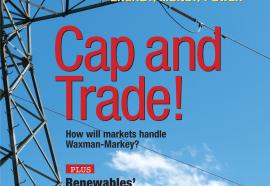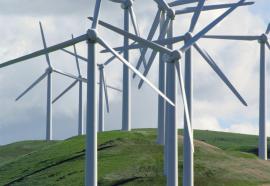Paying with Plastic
Customers demand real choices for bill payment.
In the world of utility bill payments, few issues have generated more controversy than the use of credit, debit and pre-paid cards. Generally, regulated utilities have been unable to build a compelling business case to offer no-fee card payments to customers, preferring instead to partner with third-party processors (TPPs) who happily charge convenience fees to card users.









